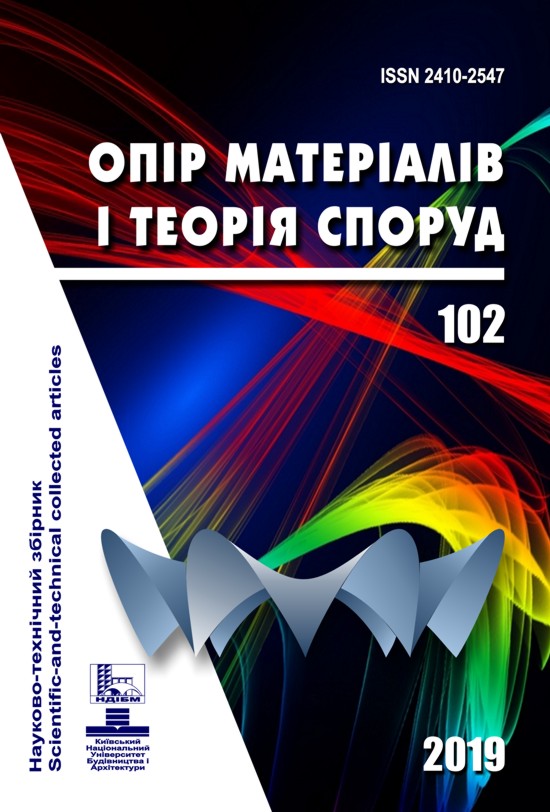Diffusion models with accumulated characteristics when operating buildings
DOI:
https://doi.org/10.32347/2410-2547.2019.102.243-251Keywords:
diffusion processes, stochastic differential equations, building, models of evolution of prices trend coefficient, volatility coefficient, case studyAbstract
Currently, the most common method of describing the evolution in time of rapidly changing processes that occur during the construction and operation of buildings from different influences is stochastic equations, constructed using the Ito`s stochastic differential. For equations of this kind problems of estimating the parameters of their coefficients, building exact and approximate solutions, describing of asymptotic behavior of their solutions are considered. For all importance of such results, they, more often than not, turn out to be unsufficient for developing practical recommendations in the process of using financial instruments. In connection with the above, the question arises of using the available information about the previous evolution of the process for making decisions by analogy with already known situations (the case - study method). Taking into account the practical needs of the construction industry, it is important to develop methods that allow to establish analogies between the behavior of the building of changing the price indicator on the current time interval and some time period from the previous history its evolution. Development of innovative method for comparing the behavior of a random process of diffusion type, associated with the evolution of market indicators, at various time intervals. The methods of the mathematical theory of diffusion, stochastic differential equations, as well as their generalization to the case of locally infinitely divisible processes are used. A generalizations approach to the concept of a diffusion process and the corresponding form of a stochastic differential equation proposed. The concept of the described approach to stochastic processes of this type has been developed for analyzing the possible use of financial instruments in the evolution of market indicators. An innovative technology has been created for teaching the use of financial instruments, such as futures, forwards, options, various swaps and others. Observations on the evolution over time of the price indicator makes it possible to determine and use previously accumulated experience concerning periods of similar evolution. The developed approach allows to classify the behavior of random process of building operation at time intervals.
References
Butsenko Y.P. (1981).K teorii diffuzii .Veroyatnostnyy beskonechnomernyy analiz. – K.: Institut matematiki AN USSR, s. 30-38 [in Russian].
Uhlenbeck G.E., Ornstein LS. (1930). On the theory of Brownian motion. Physical Revue. v. 36, i.5, pp. 823-841.
Black F., Scholes M. (1973). The pricing of options and Corporate Liabilities. Journal of Political Economy v.81, i.3, pp.637-654.
Ho T.S.Y, Lee S.B. (1986). Term structure movements and pricing interest rate contingent claims. Journal of finance. V. 41, i.5, pp.1011-1029.
Vasichek O. (1977). An equilibrium characterization of term structure// Journal of Financial Economics. V. 5, i.2, pp. 177-188.
Dothan L.U. (1978). On the term structure of interest rates. Journal of Financial Economies v. 6, i.1,pp. 59-69.
Sandmanu K., Zondermann D. (1992). Interest rate options. Geld, Banken, Versiherungen.- Karlsruhe, ed. W. Heilman, pp. 739-760.
Eisenhardt R.M. (1989). Building theories from case study research. Academy of Management Review, v. 14,i.4, pp. 352-550.
Ito K., McKean G. (1968) Diffuzionnyye prozessy i ikh trayektorii. Moskva: Mir, 1968 [in Russian].
Oksendal, Berndt K. (2010) Stochastic differential equations. An Introduction with application. Berlin: Springer.
Shiryayev A.N. (1998). Osnovy stokhasticheskoy finansovoy matematiki (v 2t.). Moskva: Fazis [in Russian].
Downloads
Published
Issue
Section
License
Authors retain copyright and grant the journal right of first publication with the work simultaneously licensed under a Creative Commons Attribution License that allows others to share the work with an acknowledgement of the work's authorship and initial publication in this journal.

